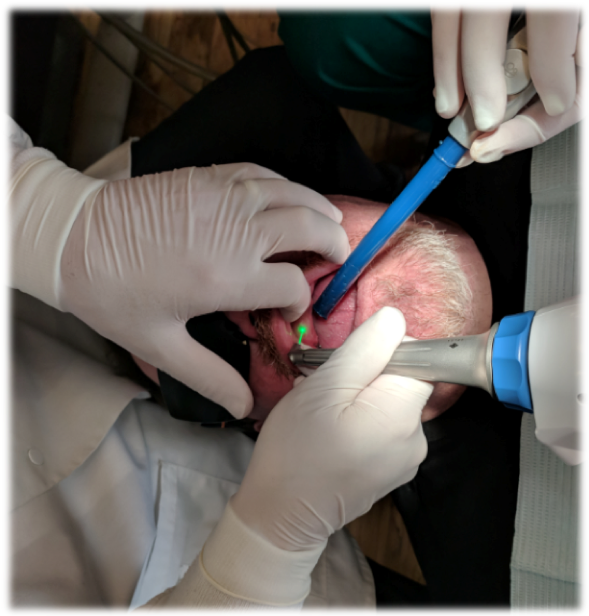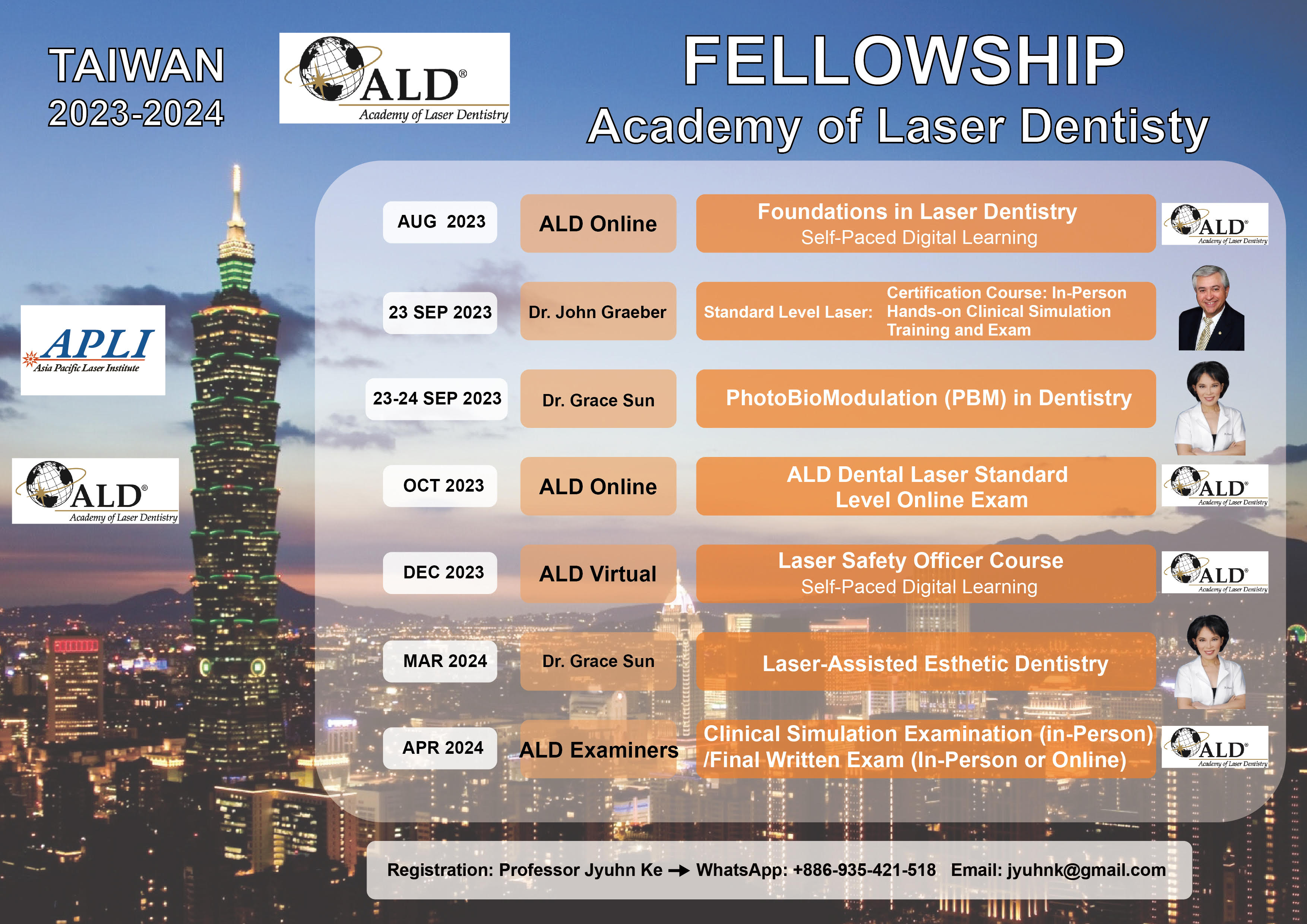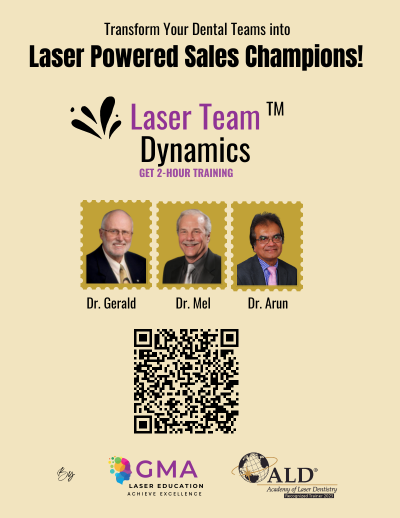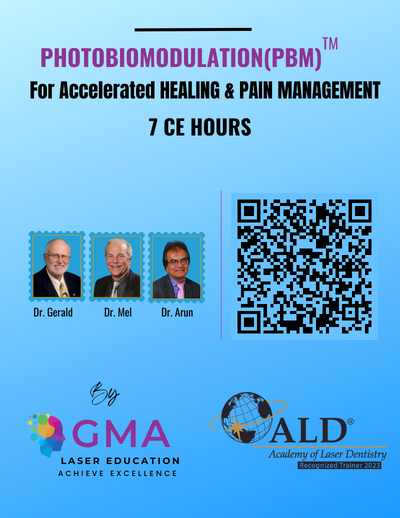By Nick Clausen, Las Vegas, Nevada, USA

When utilizing lasers, safety is always paramount. Many times, safety attention only goes towards things we immediately see or may feel. Because of this, sometimes laser plume hazards are not discussed as much.However, due to the recent pandemic, this topic has become top of mind for the dental patient. As a matter fact, Fortune Management asked all of their 1,000 doctors to survey their patients on what was most important during the pandemic and safety was No. 1 and same-day dentistry or doing as much as you can in a single visit, was No. 2 of things patients wanted most from their dentist.
Research is still being done, but companies like Convergent are doing studies and finding that the laser generated a Plume that is +95% LESS THAN a traditional dental handpiece. For laser users, consult your manufacturer to see what preliminary studies have been done with their device to see about Plume reduction. Let your patients know about Plume reduction, about how you can utilize your laser to do more dentistry in a single visit and discuss other safety measures you have incorporated. It is what patients want! And for those considering lasers, now is a great time to invest in laser technology and deliver on the marketplace demand and simultaneously add a tool to your practice that can do more conservative dentistry, shorten chair time and increase the overall patient experience.
In this article, I would like to discuss the importance of proactively and properly dealing with Laser plume hazards. A laser wavelength can do one of four things when it comes into contact with a structure (see image below); transmitted, absorbed, scattered or reflected. Different laser wavelengths have unique chromophores and respond differently to those specific chromophores. But no matter what the wavelength or chromophore, when absorption/vaporization occurs, a Laser plume is produced.
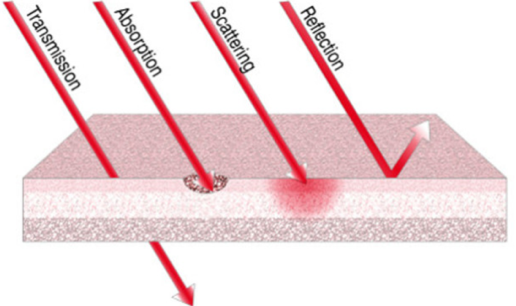
Reprinted by permission from Springer-Verlag. Lasers in restorative dentistry. A practical guide. Olivi G, Olivi M.
© 2015. Figure 4.1, page 52.
Because of this, the American National Standards Institute (ANSI), Occupational Safety and Health Act (OSHA), U.S. FDA Center for Devices & Radiological Health (CDRH) and organizations like the Academy of Laser Dentistry (ALD) have created various control measures to eliminate unintended adverse effects of Laser plume. The ANSI 136.3-2011 definition of plume is as follows, “Gases, vapors and aerosol created by vaporization of tissue or other materials and may contain viable bacteria, virus[es], cellular debris, or noxious and possibly toxic fumes.” Laser Plume is also referred to as LGAC or Laser-Generated Airborne Contaminants.
It is the Laser Safety Officer (LSO) responsibility to properly document and educate the dental team on Policy & Procedures Guidelines to properly deal with Laser plume and document properly in the patients clinical notes. Listed below are some of the main measures to deal with Laser plume.
High Volume Evacuation (HVE)
Proper HVE is required, as shown on the left image. But in the right image, utilization of extra measures like external oral aerosol vacuums will assist in decreasing the plume when dealing with amalgams or patients with known diseases. Airborne contaminants must be controlled by the use of proper ventilation.
Images Courtesy of Dental Laser Coaching
Filtration Mask
High-efficiency filtration masks with a Particle Filtration Efficiency (PFE) of 99.99% @ 0.1 micron, with a filtering capacity of particulate matter of 0.1 µm in size should be worn by team members during any procedure to decrease inhalation of particulate matter that irritates the respiratory tract. The masks should also be properly fitted to face to maximize protection. Masks are available to more effectively filter plume but are not to be considered adequate protection of Laser plume.
It goes without saying that anytime a Laser is used the appropriate protective eyewear is required and utilized for not only protection from the Laser itself but also the plume. Additional larger shielding can be utilized to cover a larger surface area to add additional protection to the eyes.
Conclusion
Because Laser-Generated Airborne Contaminants within a plume can contain toxic, viral or even living bacteria particulate, the laser environment should be properly equipped and proper protective gear should be worn by all occupants to ensure that no plume is unintentionally inhaled or absorbed.
 When utilizing lasers, safety is always paramount. Many times, safety attention only goes towards things we immediately see or may feel. Because of this, sometimes laser plume hazards are not discussed as much.However, due to the recent pandemic, this topic has become top of mind for the dental patient. As a matter fact, Fortune Management asked all of their 1,000 doctors to survey their patients on what was most important during the pandemic and safety was No. 1 and same-day dentistry or doing as much as you can in a single visit, was No. 2 of things patients wanted most from their dentist.
When utilizing lasers, safety is always paramount. Many times, safety attention only goes towards things we immediately see or may feel. Because of this, sometimes laser plume hazards are not discussed as much.However, due to the recent pandemic, this topic has become top of mind for the dental patient. As a matter fact, Fortune Management asked all of their 1,000 doctors to survey their patients on what was most important during the pandemic and safety was No. 1 and same-day dentistry or doing as much as you can in a single visit, was No. 2 of things patients wanted most from their dentist.

